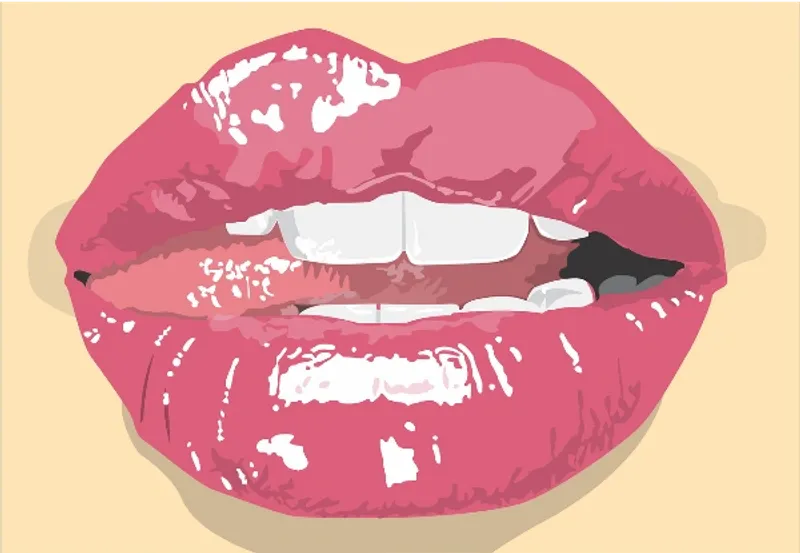
It may sound obvious, but effective, satisfactory learning requires a solid grasp of basic skills and rules. For Spanish students, a strong foundation includes, among others, mastering the conjugation of regular and irregular verbs; choosing the correct pronouns; using ser and estar accurately and with confidence; and pronouncing Spanish sounds properly. These are skills that you can learn with a little bit of attention, patience and practice. Even the pronunciation bit, and yes, even rolling your r’s.
That’s right, with a bit of persistence and ingenuity, you too can learn to roll your r’s and feel proud of your Spanish skills. Here are some pointers:
Here are some videos:
Learning is challenging and humbling, but it’s also enriching. Overcoming challenges and building a strong foundation of basic skills can help you be a successful Spanish student and speaker. But it will take a bit of patience and work. As you will see from the videos above, different people suggest different options. Use this article, the suggested videos or your own imagination to figure out how to roll your r’s. There isn’t a single method that works for all, except for persistence.
Let’s roll.

Alejandro Navarro is a former Spanish language instructor at Berges Institute.